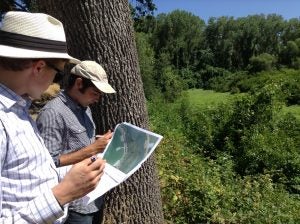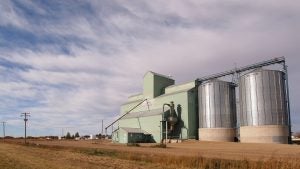The bipartisan farm bill that President Trump signed into law today contains far-reaching provisions to conserve water and build drought resilience in the American West.
Sens. Dianne Feinstein (D-Calif.), Cory Gardner (R-Colo.) and other western lawmakers recognized the importance of providing more funding to support the region’s crucial and increasingly stressed water systems.
Western legislators secured planning and cost-share funding for groundwater recharge work in California, a critical improvement in the law as producers begin the challenging task of bringing groundwater basins back into balance under California’s Sustainable Groundwater Management Act.
The new provisions in the farm bill also could help farmers and water agencies develop and fund projects that improve drought resilience and planning in the Colorado River basin, where the river supplies water for 40 million people and 6 million acres of farmland each year.
Here are three key provisions that stand out for helping to enable farmers and water managers in the western U.S. adapt to a world with less water: Read More




